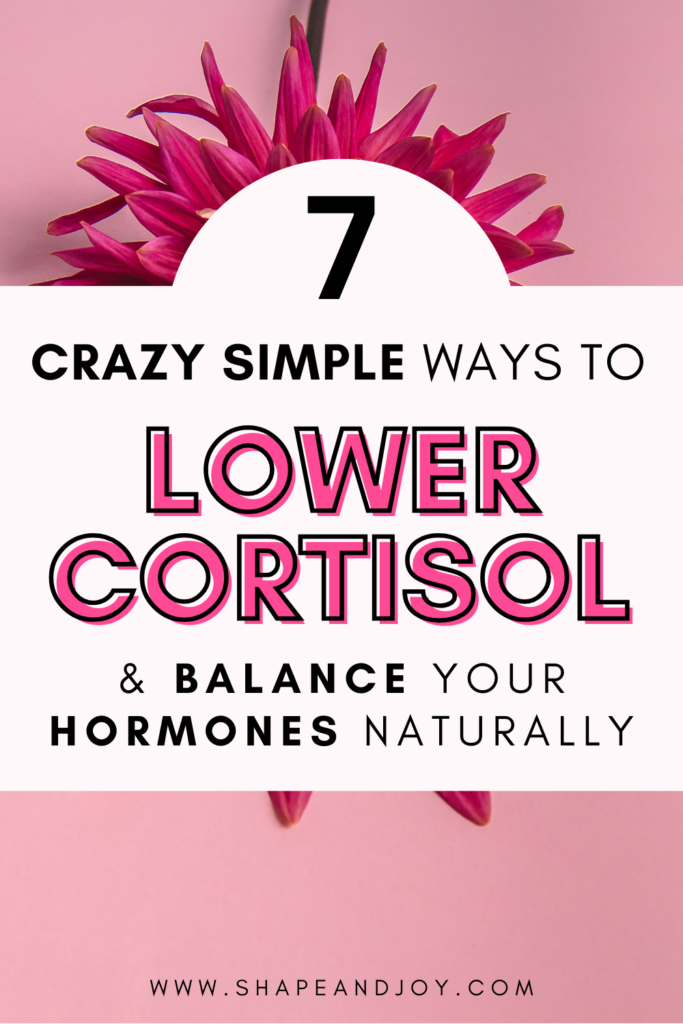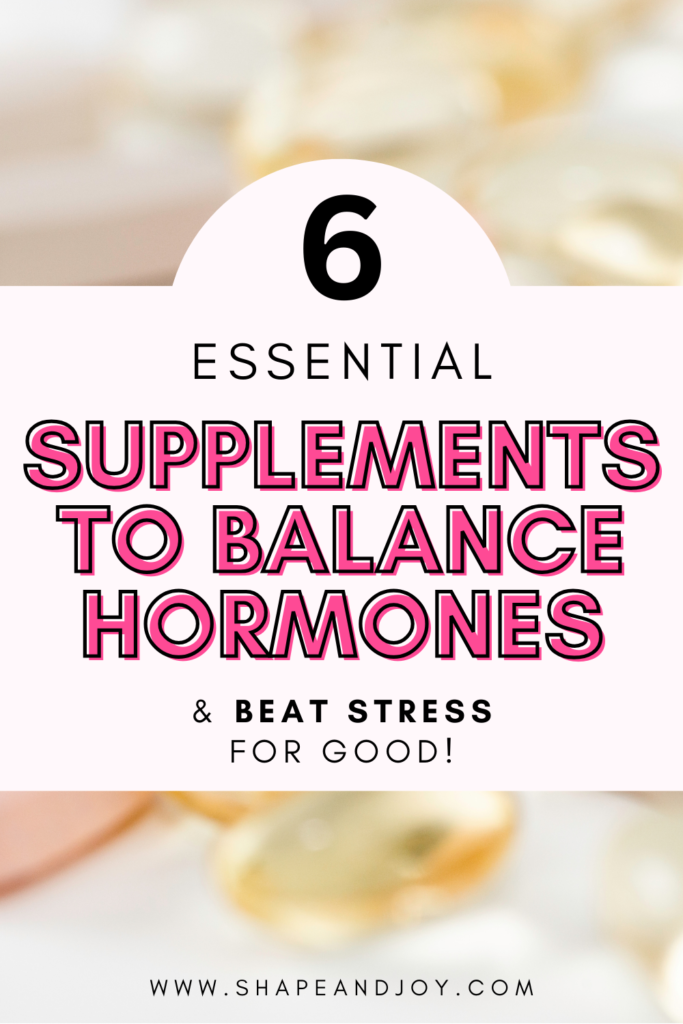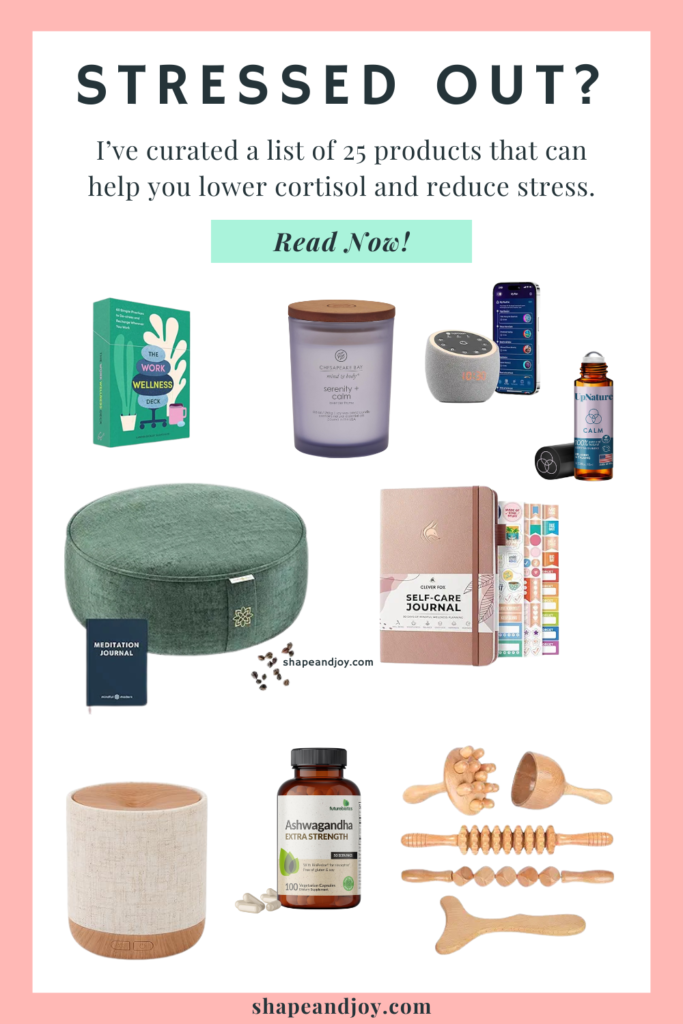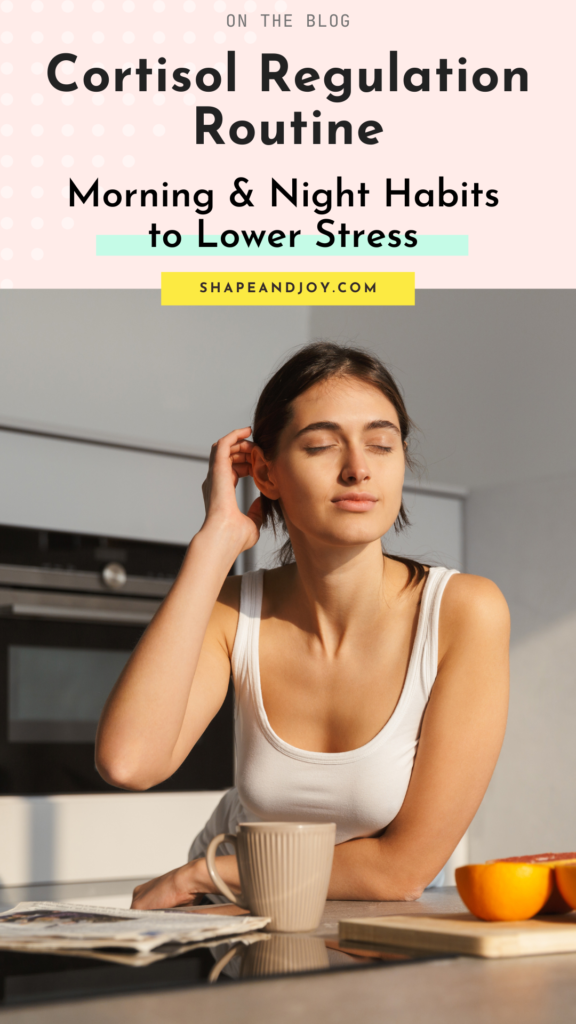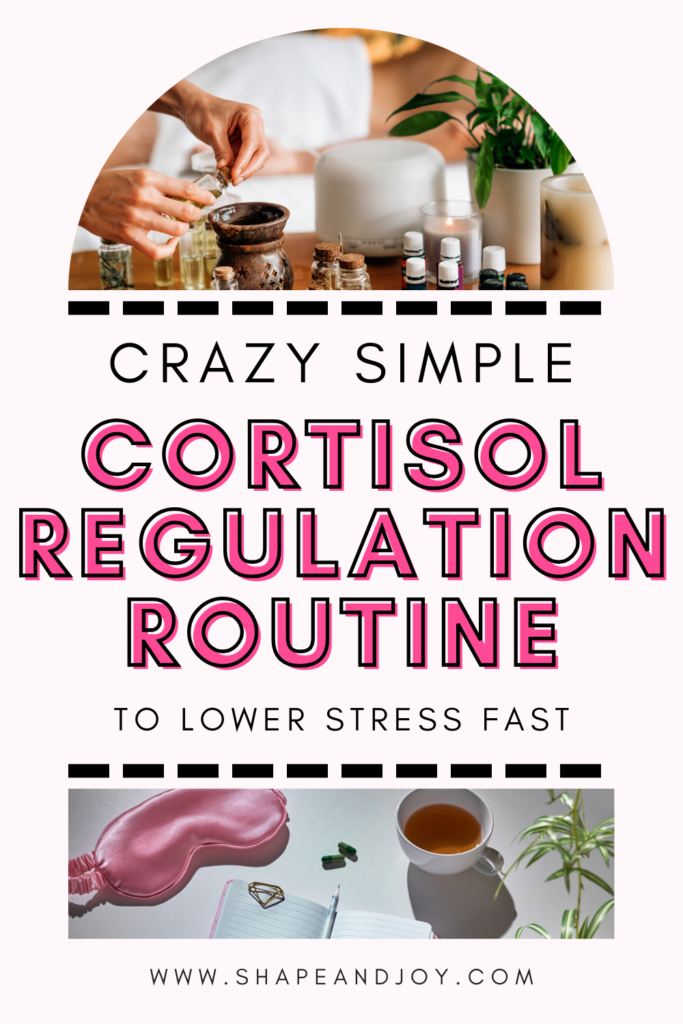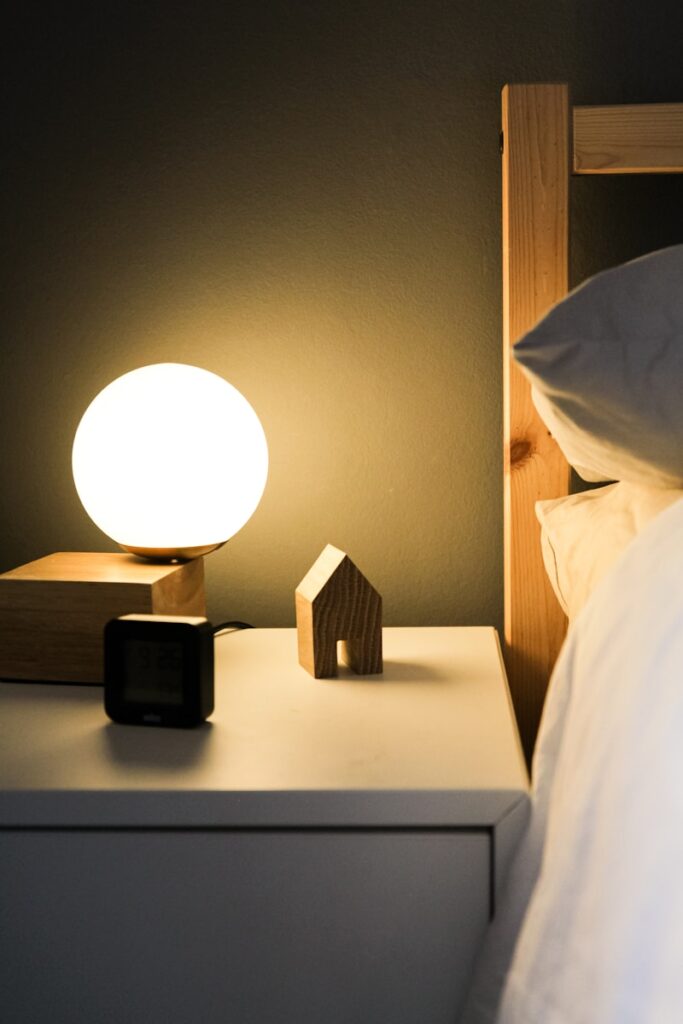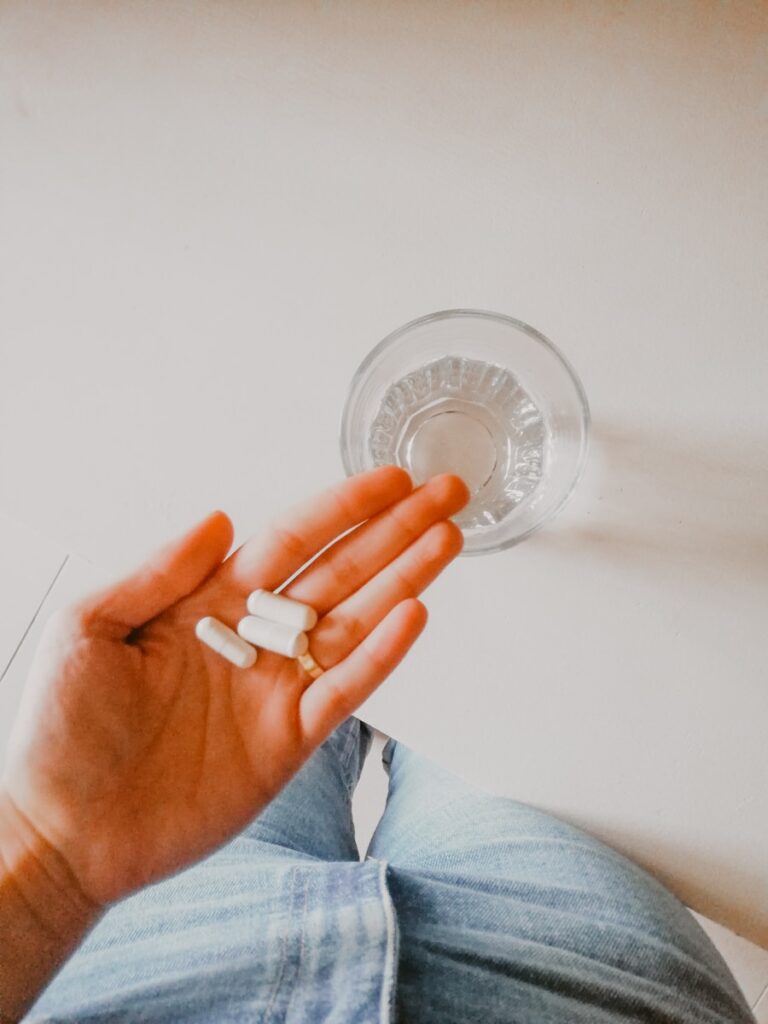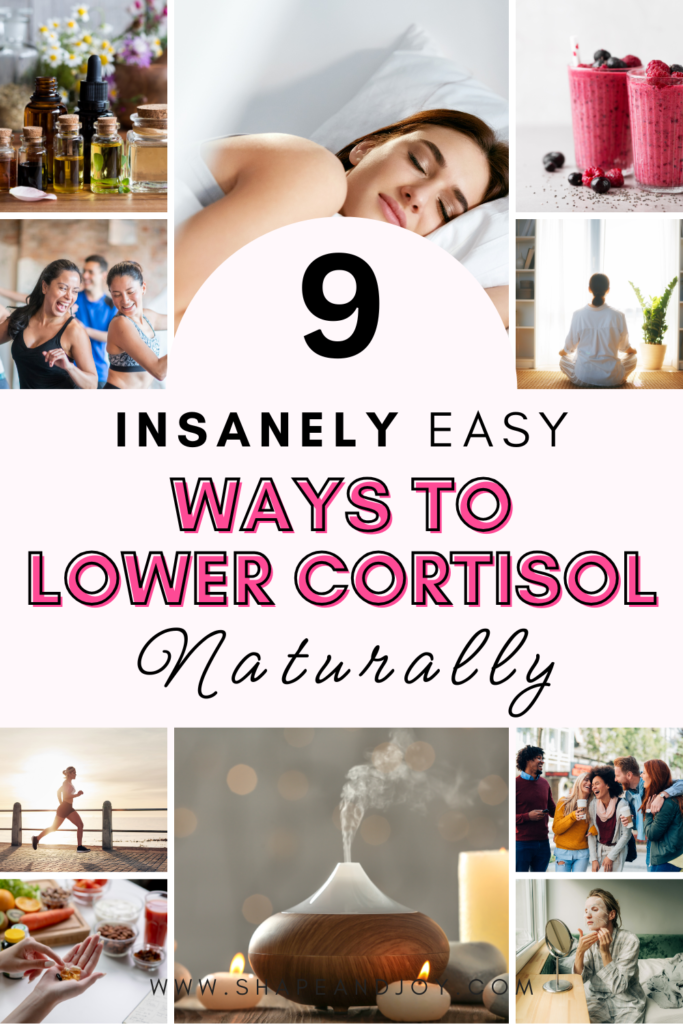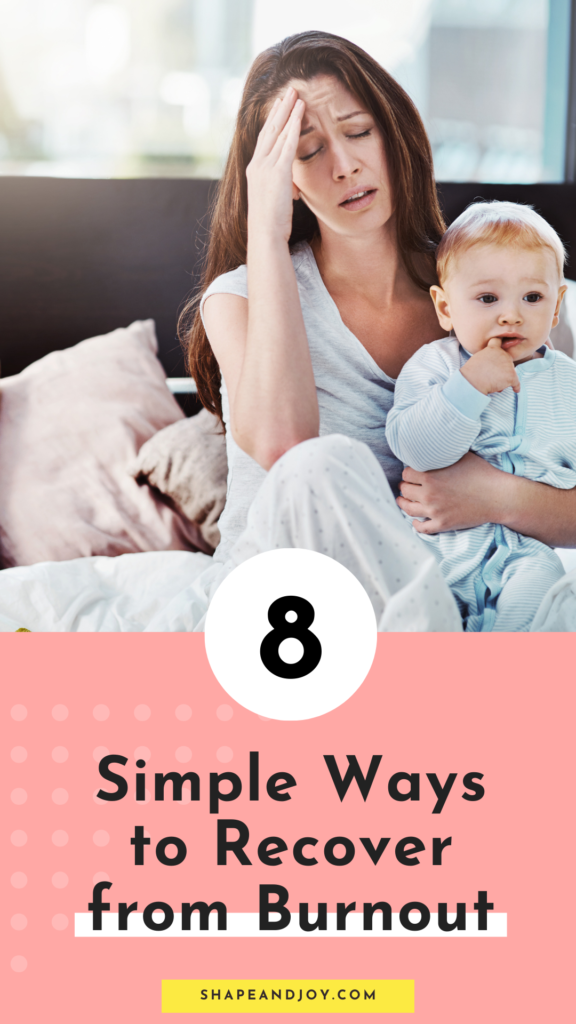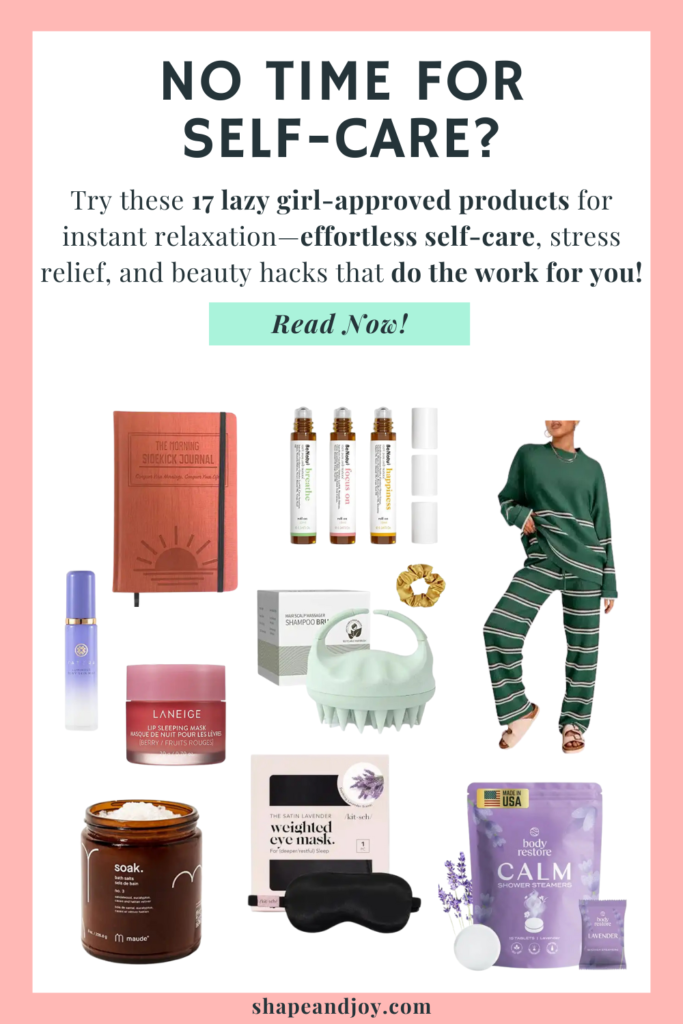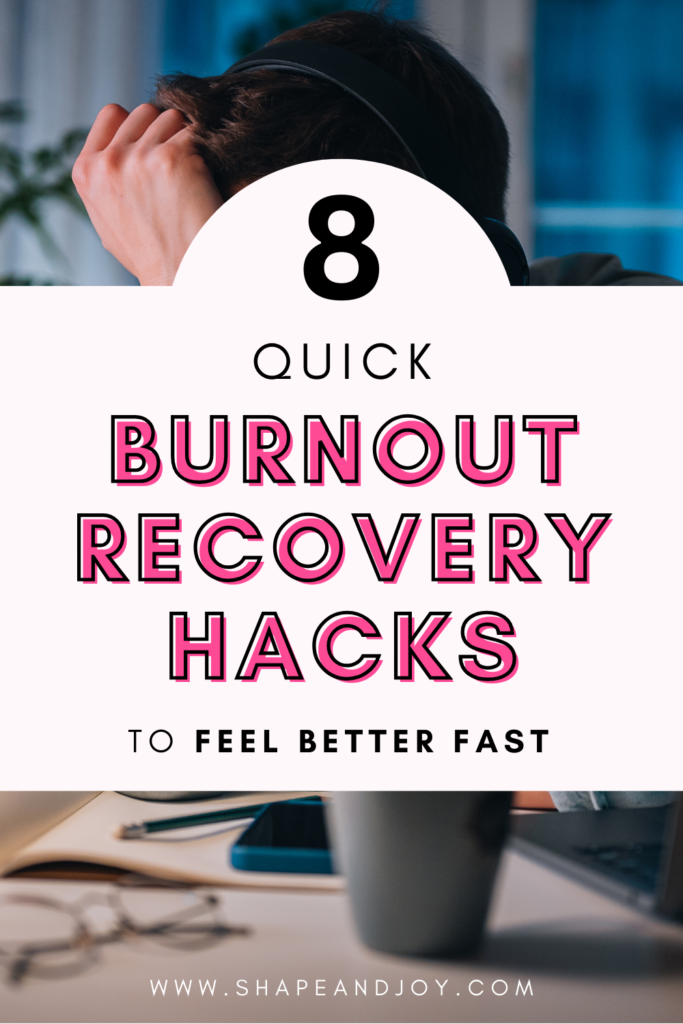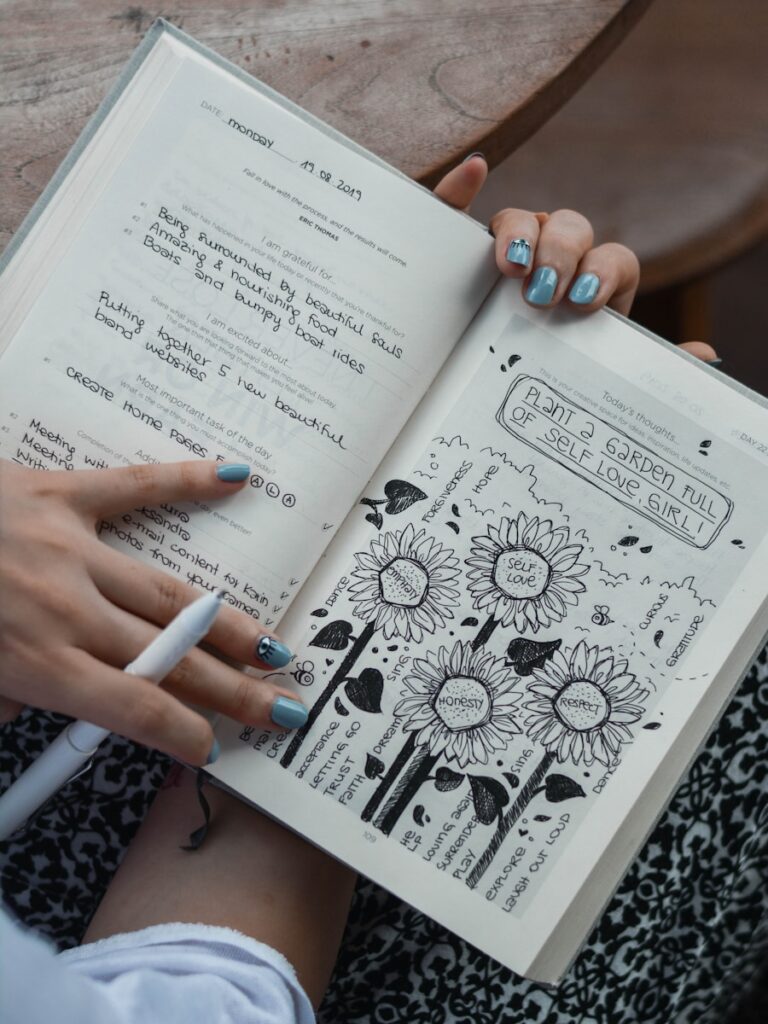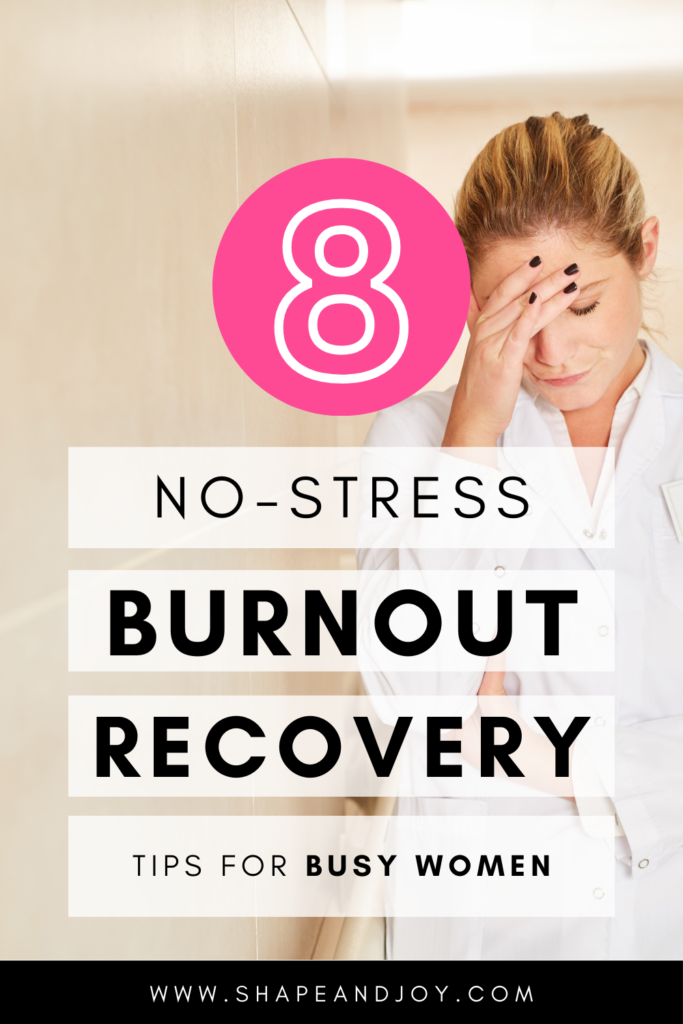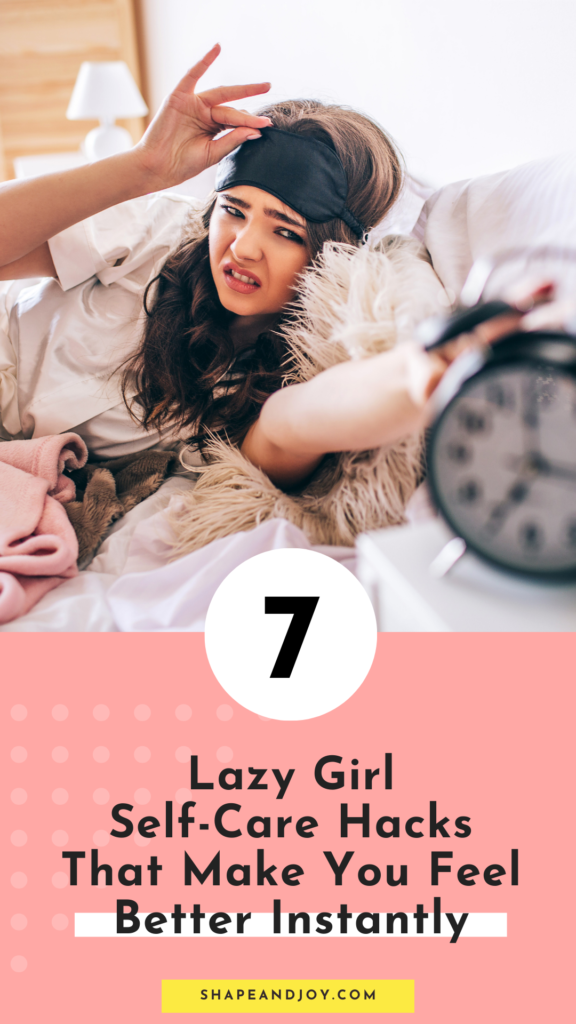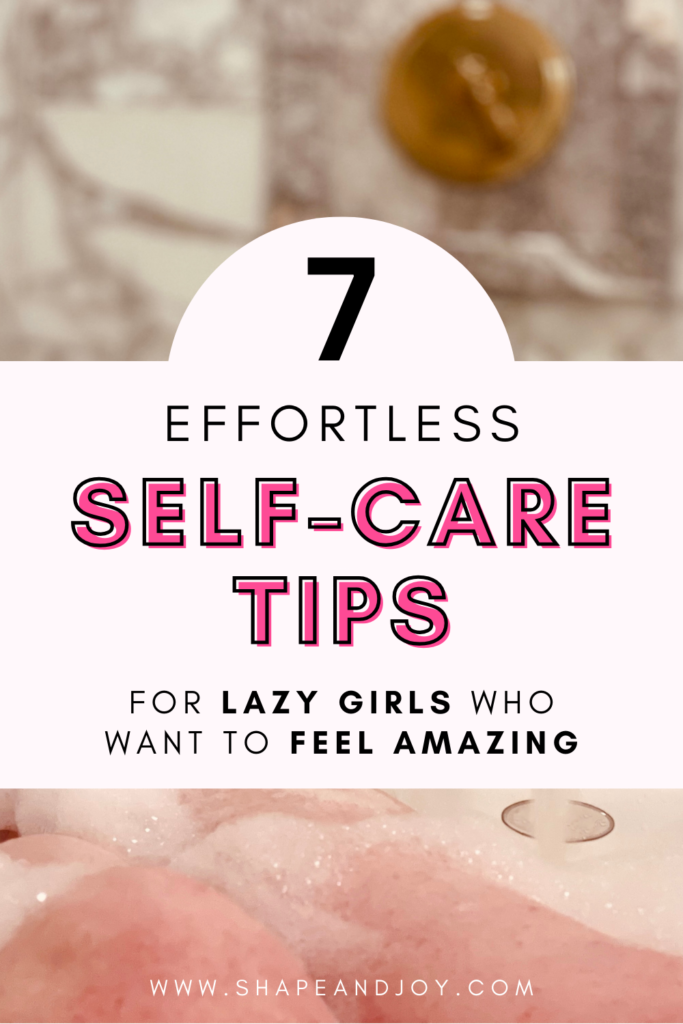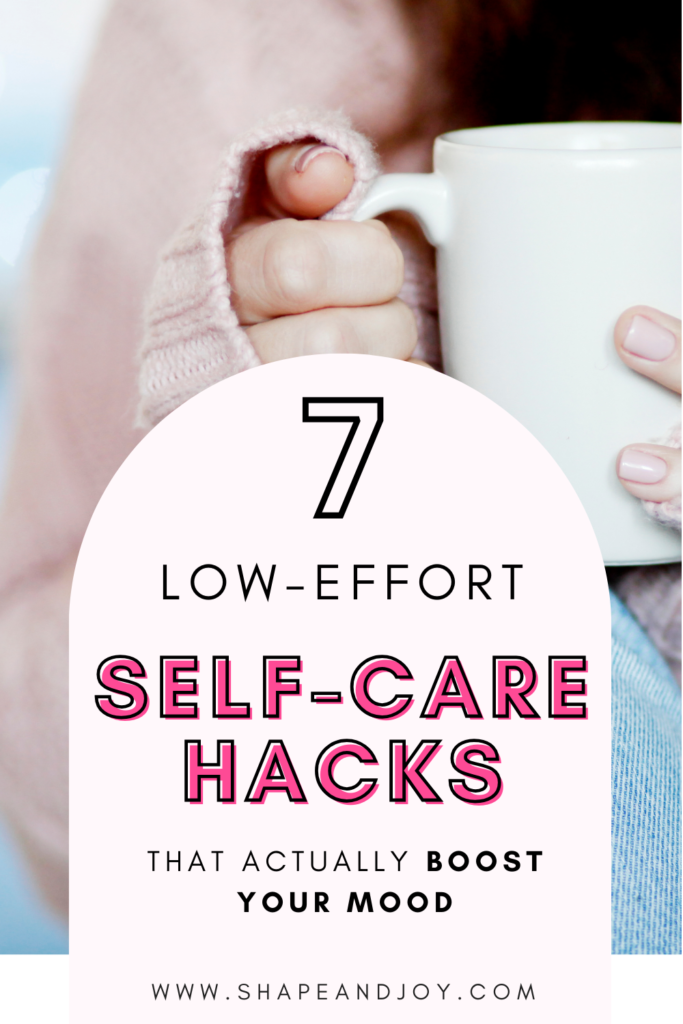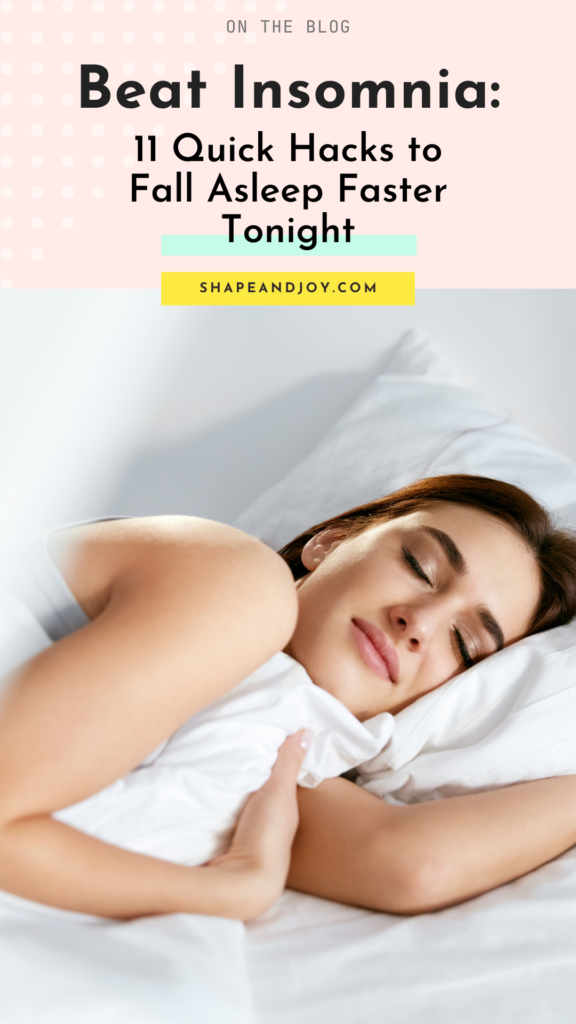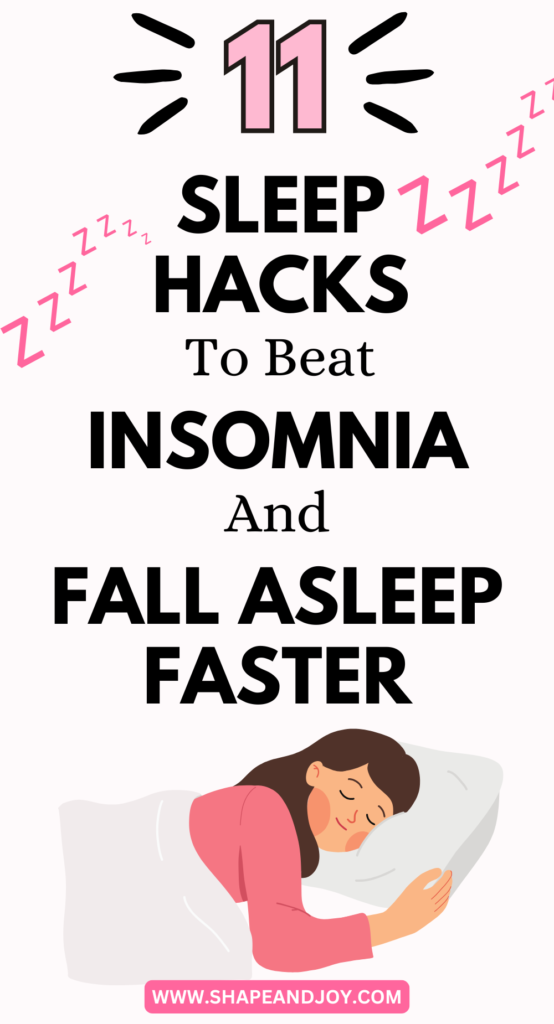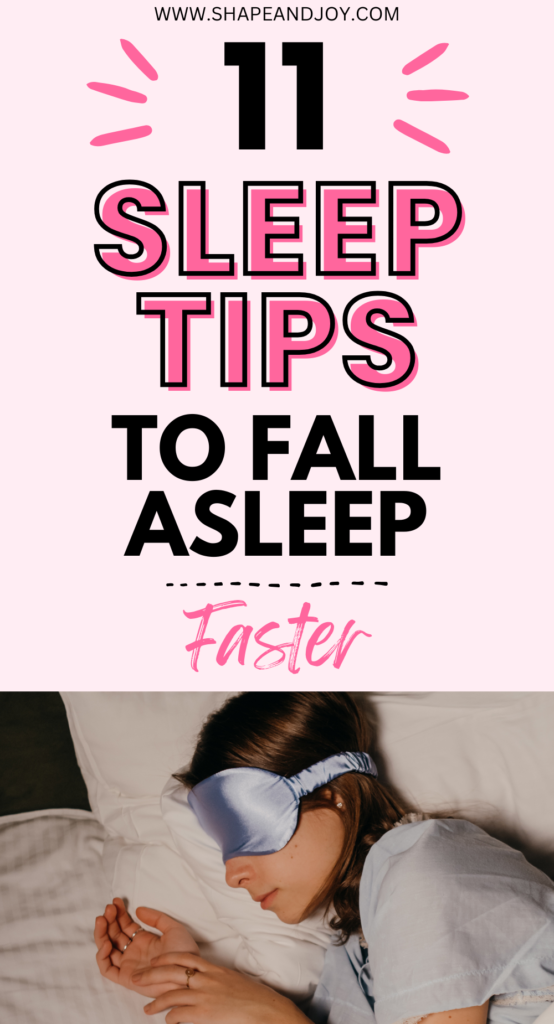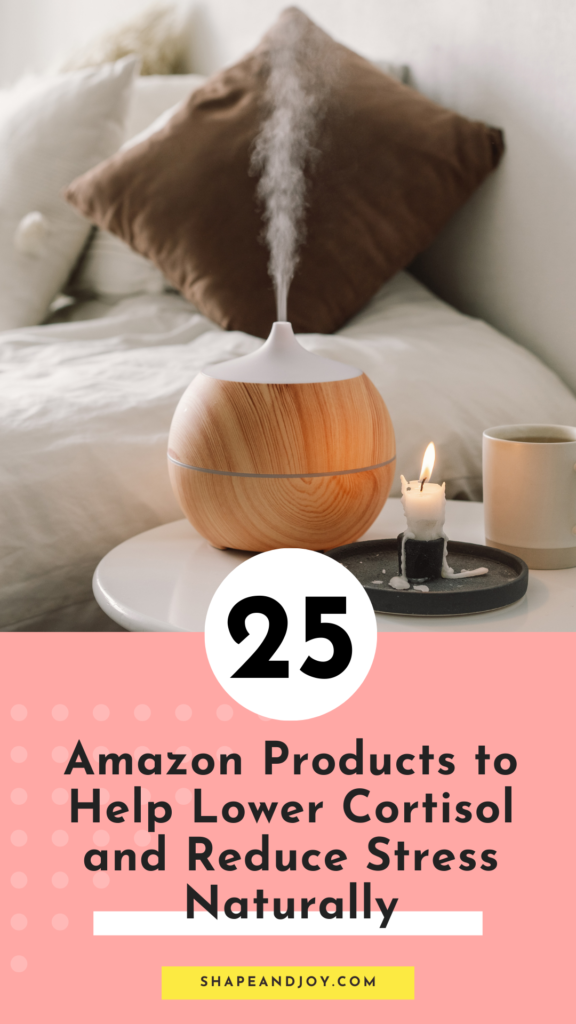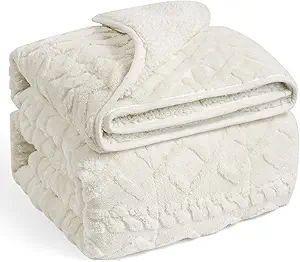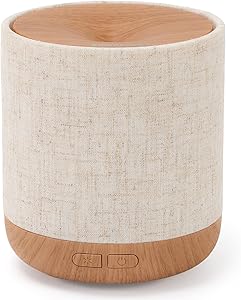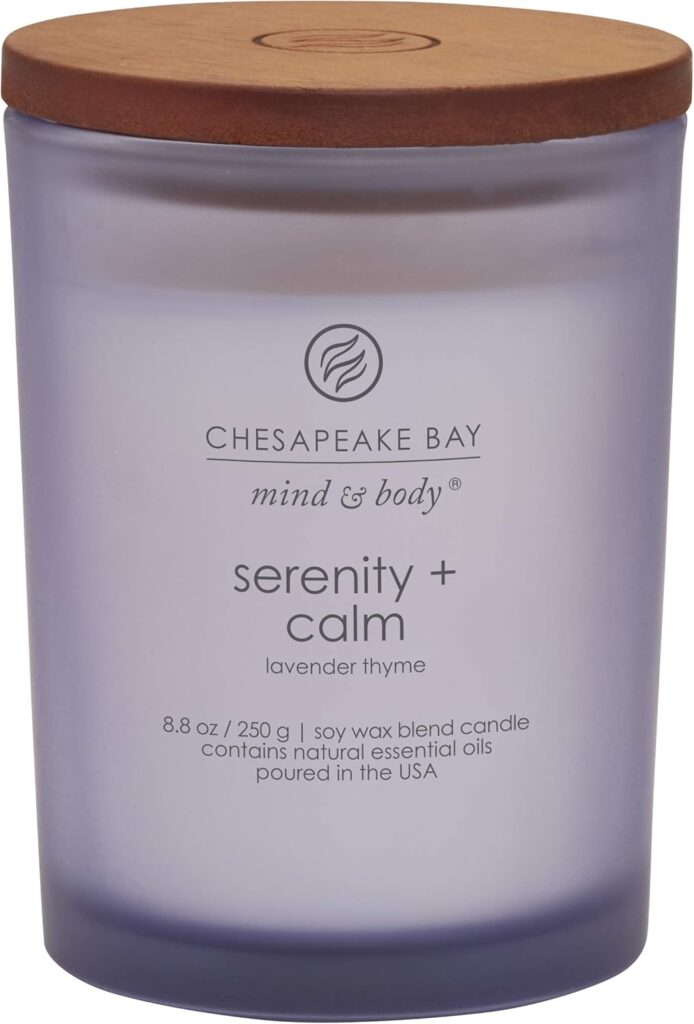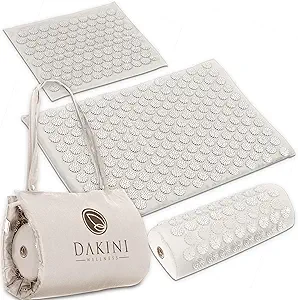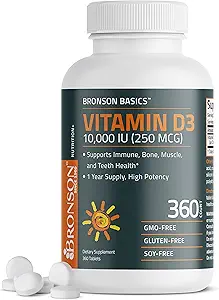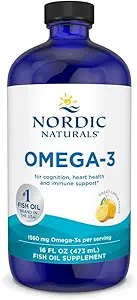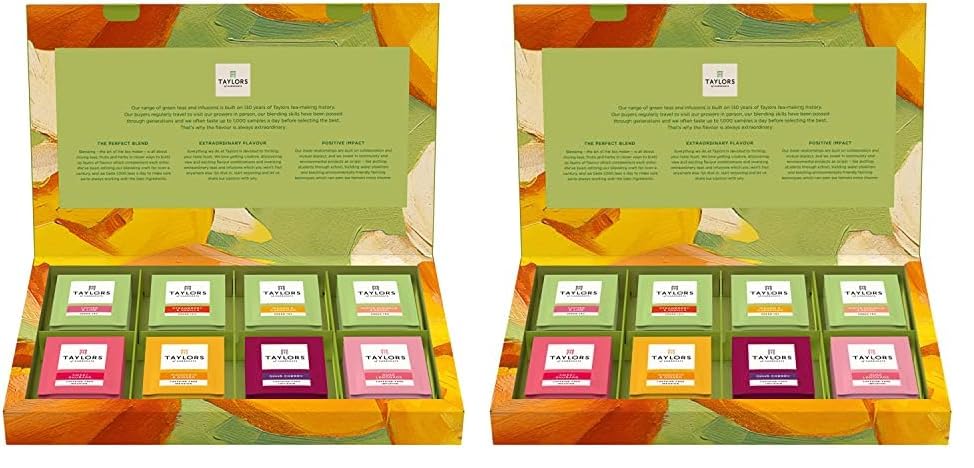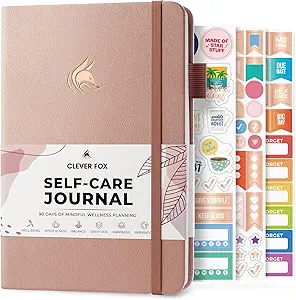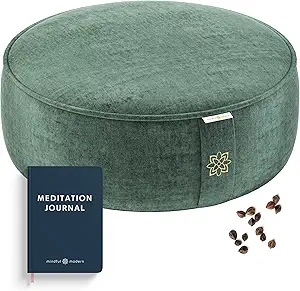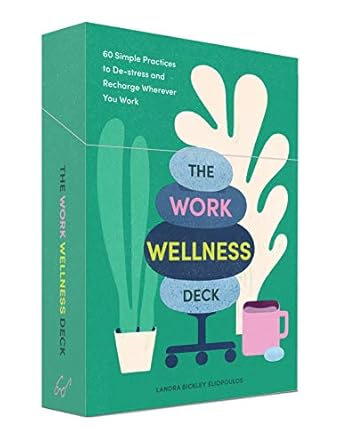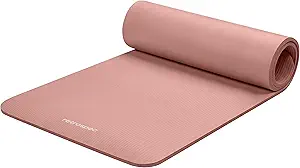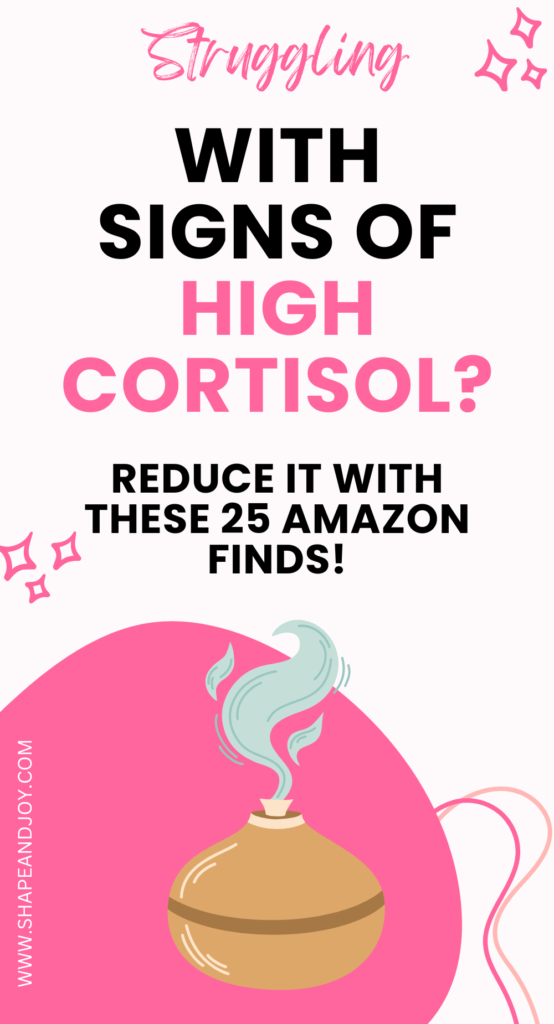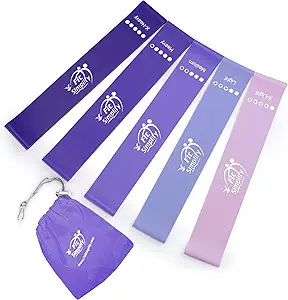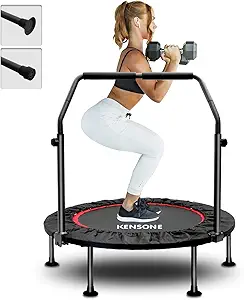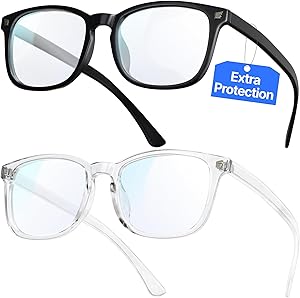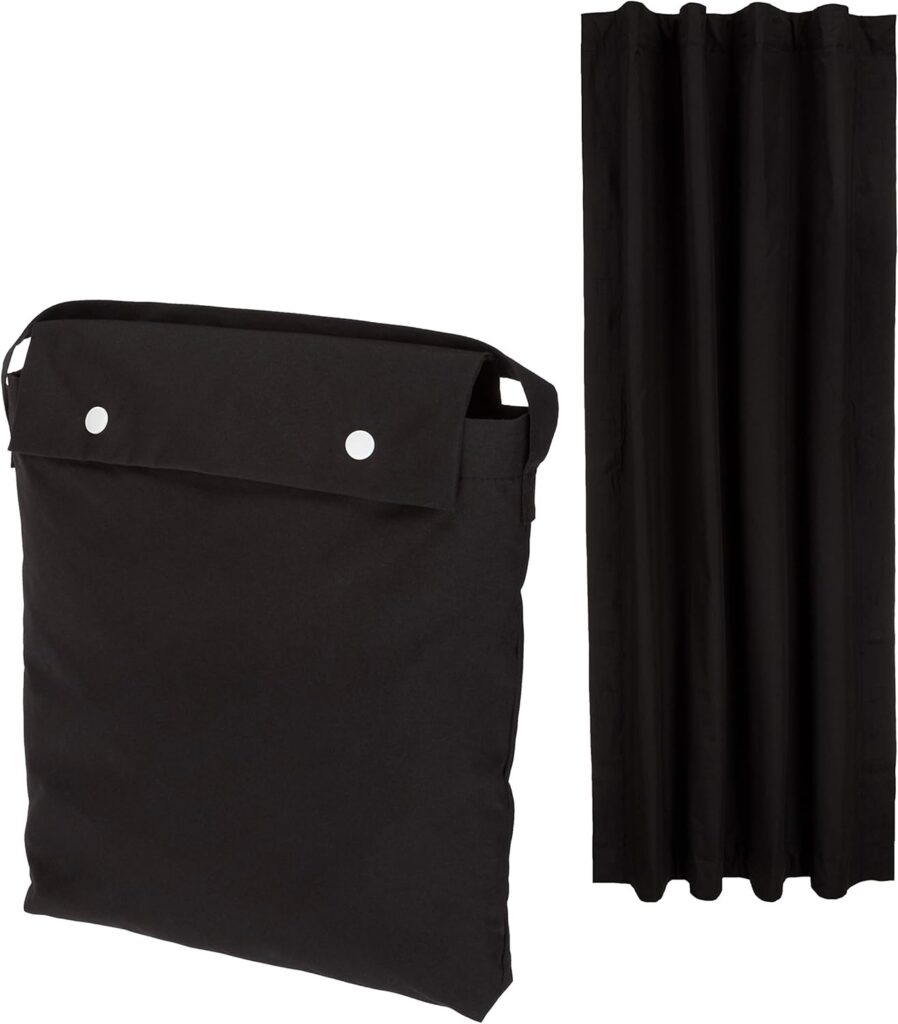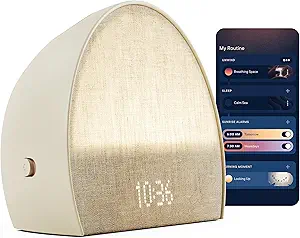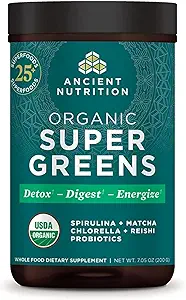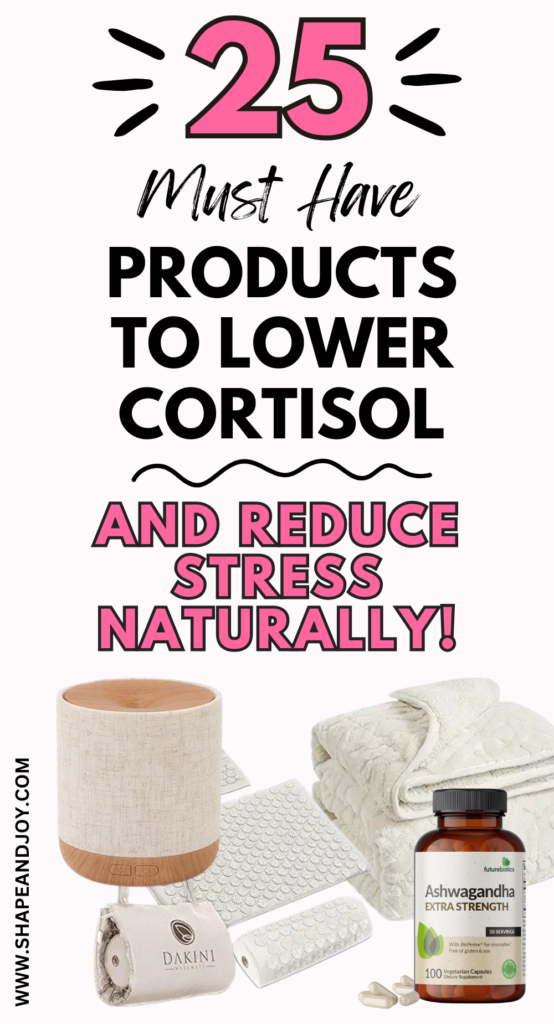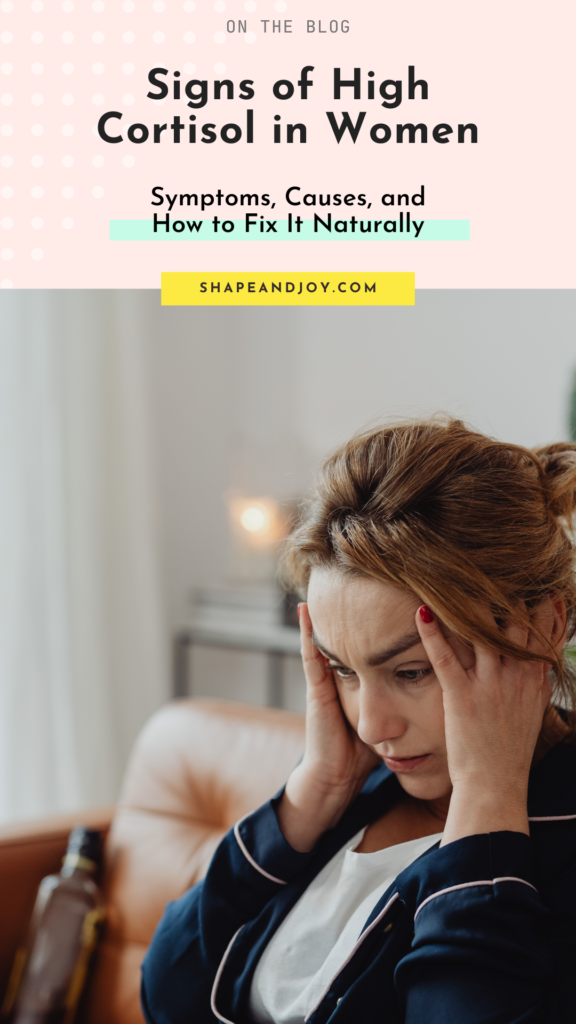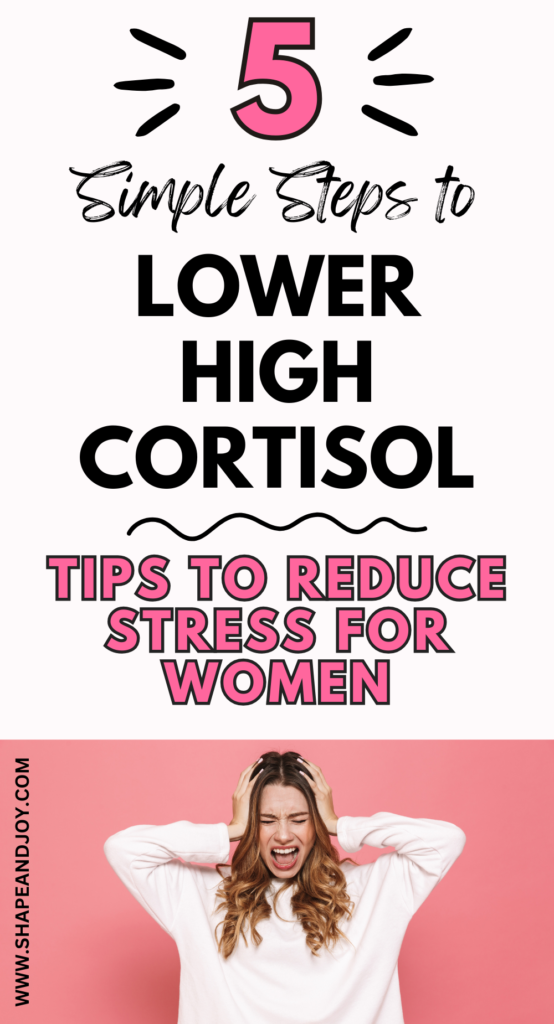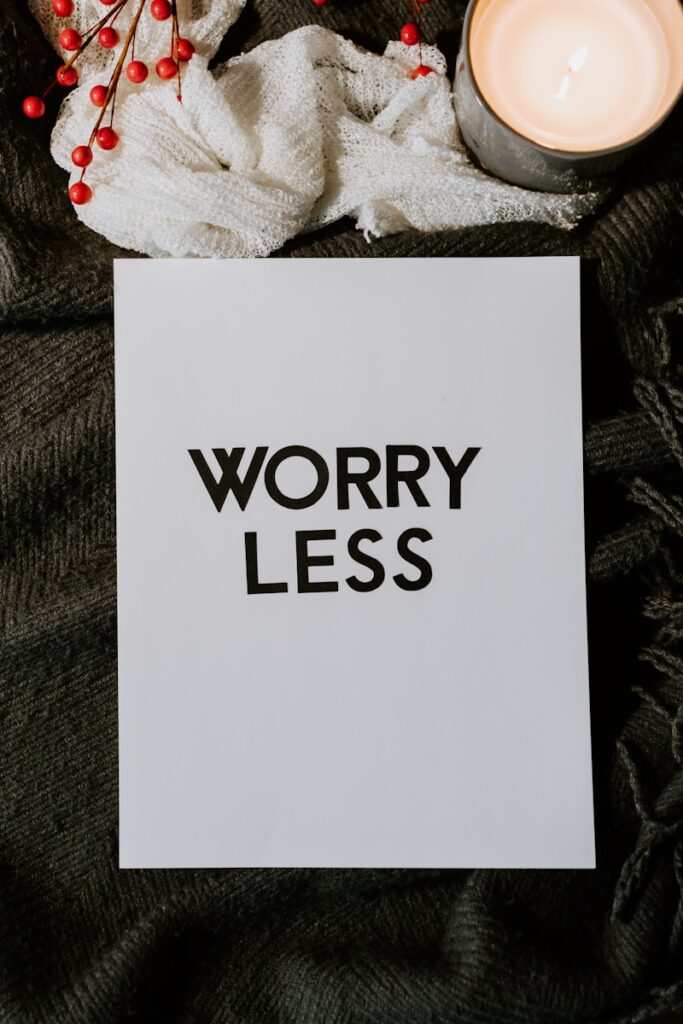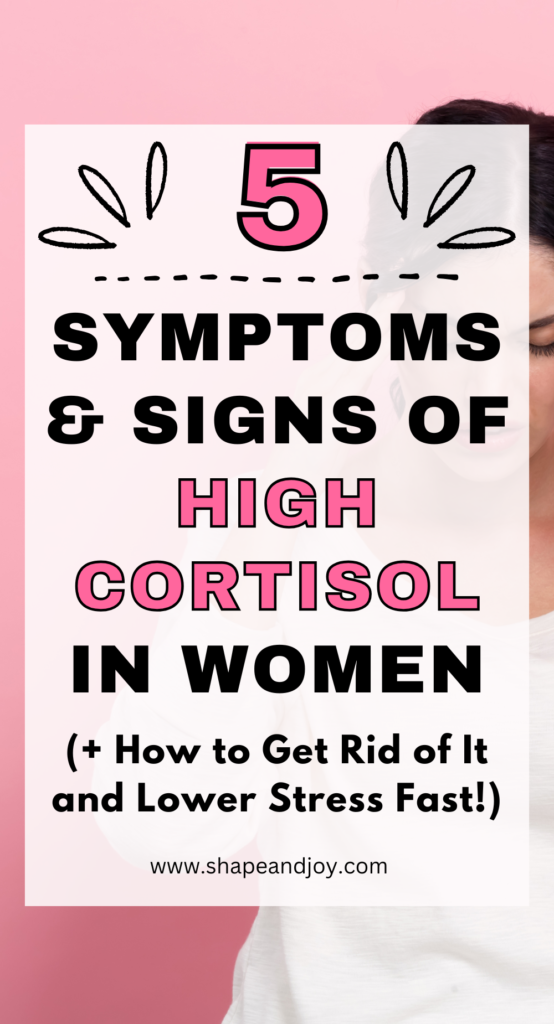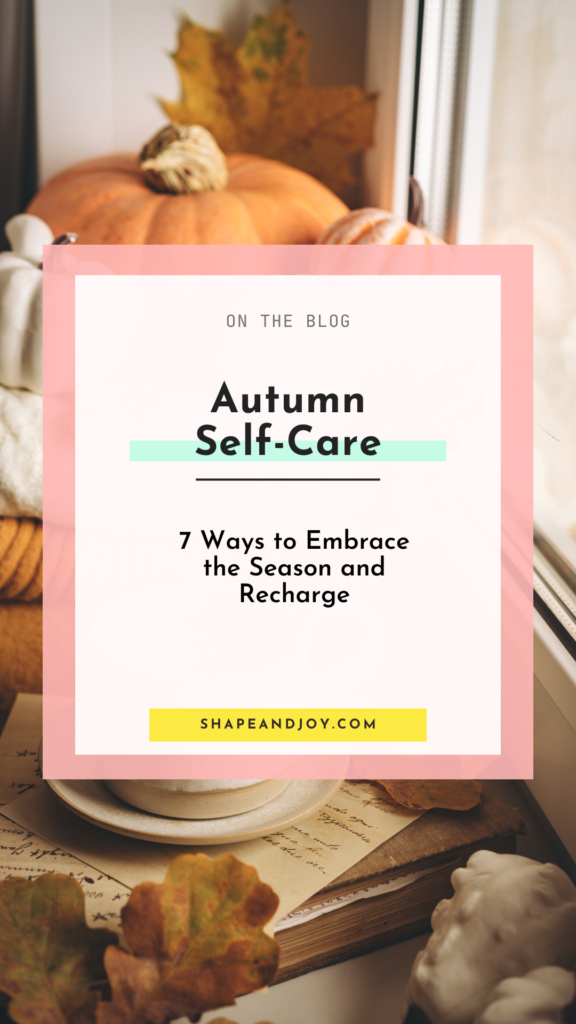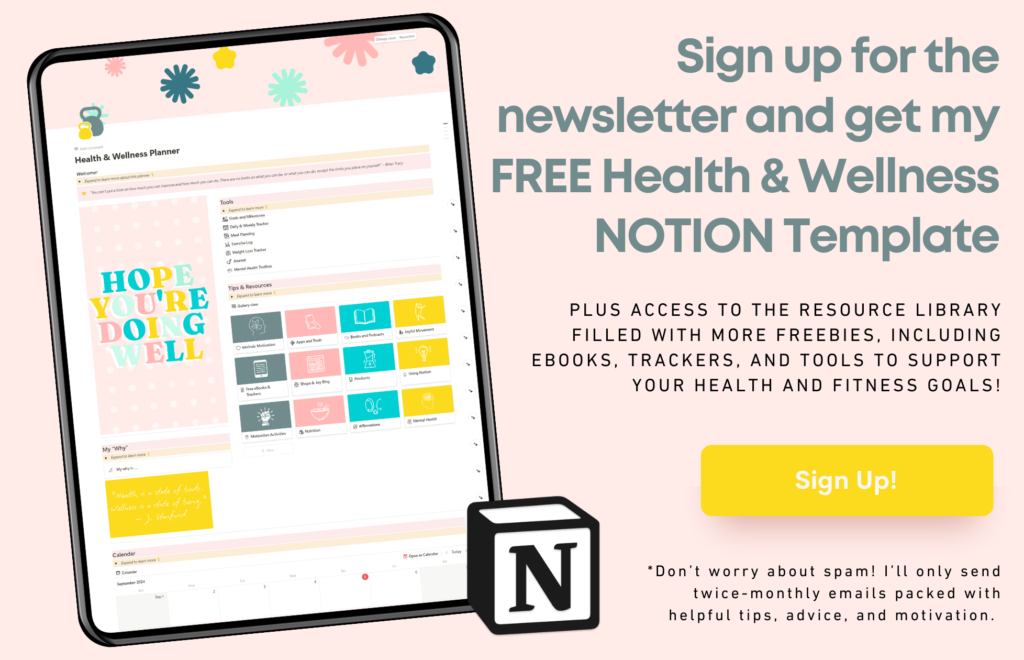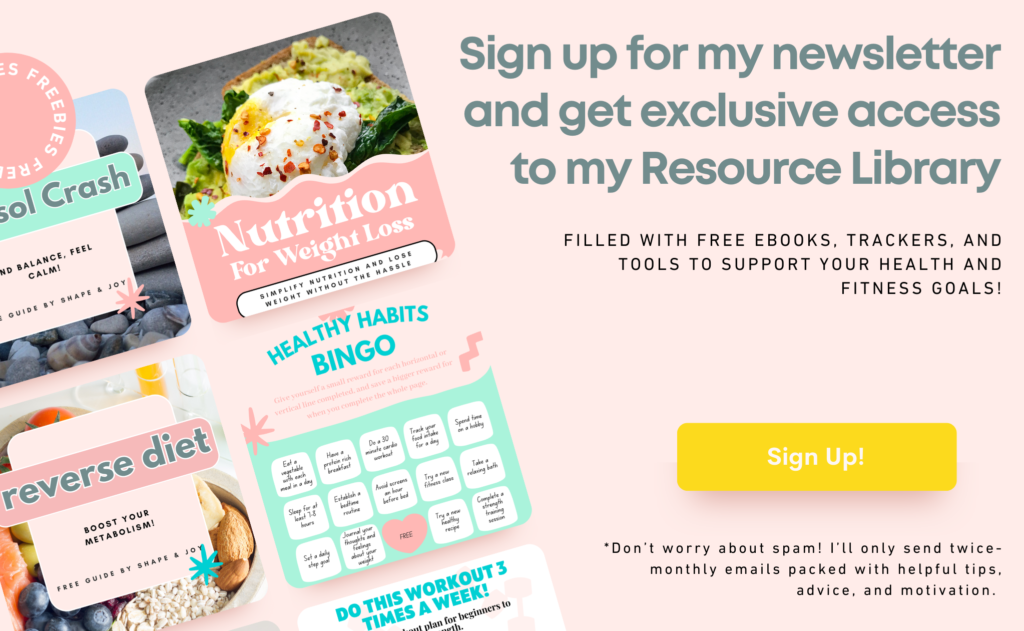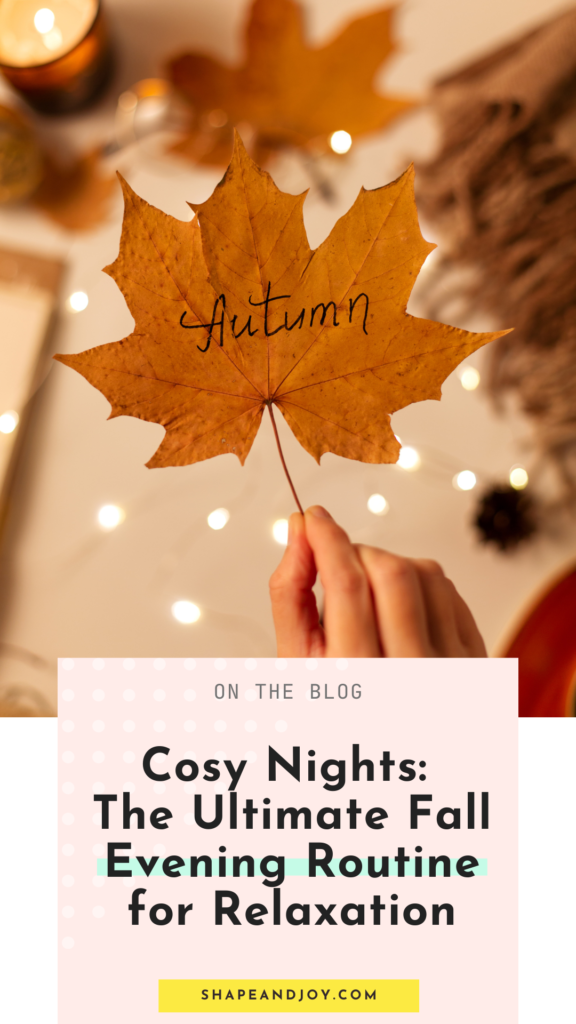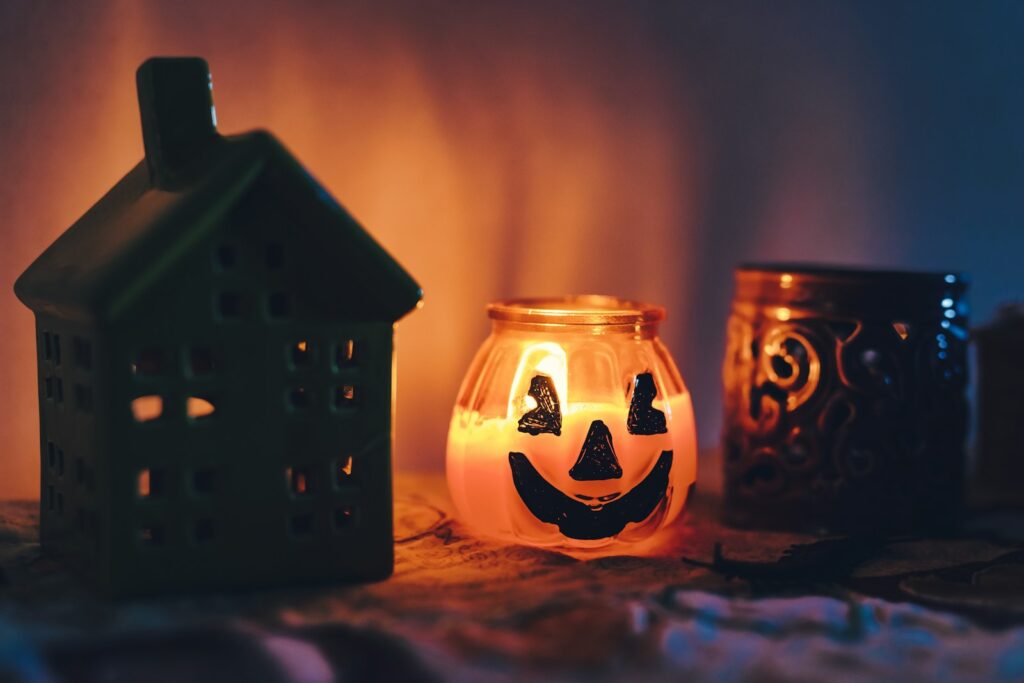The Ultimate Plan to Fix Your Cortisol Levels & Finally Feel Like Yourself Again
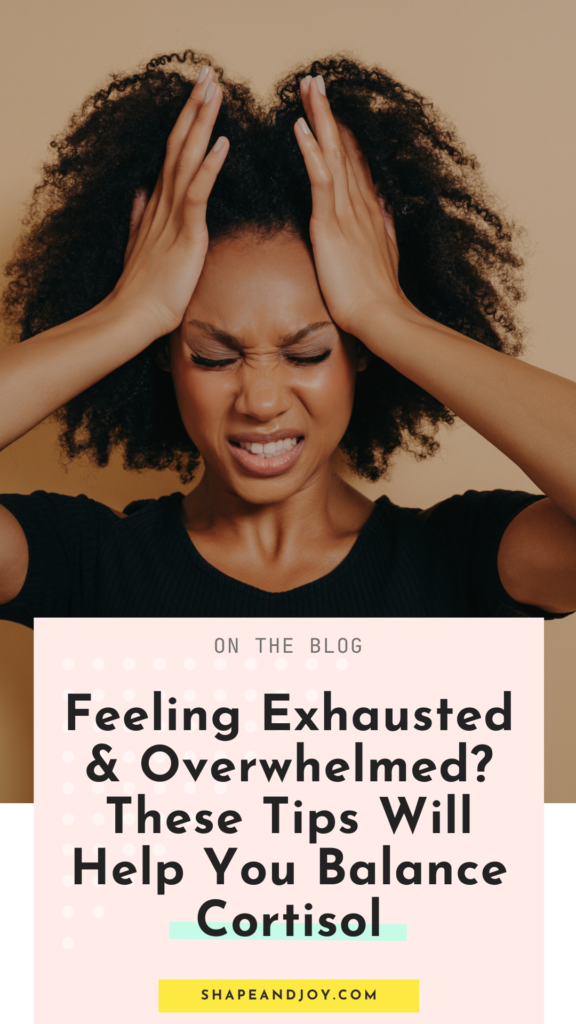
If stress has been running the show, messing with your energy, your cravings, and making your jeans feel suspiciously tighter, your cortisol levels could be out of whack. And if you’re wondering why you feel like a permanently exhausted pigeon despite eating “healthy” and working out, high cortisol could be the reason why.
But here’s the good news: you don’t have to just “deal with it.” You can absolutely lower cortisol naturally, stop stress cravings, and finally feel like YOU again.
This is your go-to guide for taking control of your stress hormones—covering what’s causing the problem and how to fix it, all without the need for a massive life overhaul.
Each section gives you the essentials, but you can click through to deep-dive into the juicy details.
Let’s get into it.
- 1. How to Check Cortisol Levels & Spot the Signs That Yours Are High
- 2. Cortisol Diet 101: The Best Foods to Reduce Stress Hormones
- 3. Cortisol Regulation Routine: The Morning & Night Plan to Balance Stress Hormones
- 4. Best Supplements for Cortisol Reduction: What Actually Works?
- 5. How to Get Rid of Stress Belly & Stop Cortisol-Driven Fat Storage
- 6. Cortisol & Emotional Eating: How to Stop Stress Cravings for Good
- 7. 25 Amazon Products to Lower Cortisol & Reduce Stress Naturally
- When Stress Is More Than Just Cortisol
- Final Thoughts: The Plan to Balance Your Cortisol for Good
1. How to Check Cortisol Levels & Spot the Signs That Yours Are High
Before we fix anything, let’s see if cortisol is actually messing with your life. Because here’s the thing—high cortisol doesn’t just make you “stressed.” It messes with your sleep, your metabolism, your cravings, and even how your body holds onto fat.
Common signs you might have a cortisol imbalance:
- Weight gain from cortisol, especially around your belly (despite doing “all the right things”)
- Insane sugar or carb cravings that hit like a ton of bricks when you’re stressed
- Feeling wired but exhausted—like you need coffee to function, but still can’t sleep at night
- Brain fog, anxiety, irritability, or just feeling “on edge” for no reason
- Random bloating and gut issues that flare up when you’re stressed
If this sounds a little too relatable, it’s time to take action. Start by learning how to check cortisol levels and fix them here: Signs of High Cortisol in Women: Symptoms, Causes & How to Fix It
2. Cortisol Diet 101: The Best Foods to Reduce Stress Hormones
Food is one of the easiest ways to lower cortisol naturally. But here’s the catch—a bad diet can make things worse.
The right foods can help stabilise blood sugar, stop stress cravings, and calm your nervous system. The wrong ones? They’ll keep your cortisol spiking all day long.
A cortisol-friendly meal plan includes:
- A breakfast high in protein and healthy fats to prevent blood sugar crashes (no more just a coffee and a sad slice of toast)
- Magnesium-rich foods like dark chocolate, leafy greens, and almonds to fix cortisol levels naturally
- Anti-inflammatory foods (think salmon, turmeric, and berries) to support adrenal health
Want recipes, a full meal plan, and easy swaps? Get all the details here: Cortisol Diet 101: The Best Foods to Reduce Stress Hormones

3. Cortisol Regulation Routine: The Morning & Night Plan to Balance Stress Hormones
Your daily routine can either help or completely wreck your cortisol levels. If your mornings start with chaos and caffeine overload, and your nights end with doom-scrolling and late-night snacking, we’ve got a problem.
Morning routine to lower cortisol naturally:
- Get outside for natural sunlight first thing—it helps reset your stress response
- Eat a proper breakfast with protein (because running on caffeine alone = cortisol disaster)
- Skip the morning email check-in—your inbox will still be there after your smoothie
Evening routine for fixing cortisol levels:
- Essential oils + a wind-down routine = better sleep, lower stress
- Magnesium supplements before bed to help cortisol drop naturally
- Ditch the phone at least 30 minutes before bed—blue light keeps cortisol high
Ready to create a stress-free routine? Grab the full plan here: Cortisol Regulation Routine: Morning & Night Habits to Lower Stress
📌 Pin this for later! ⬇

4. Best Supplements for Cortisol Reduction: What Actually Works?
If you’re doing all the right things but still struggling with high cortisol levels, it might be time to bring in some science-backed supplements.
Top cortisol-lowering supplements:
- Magnesium – Hands down, one of the best supplements for cortisol reduction
- Ashwagandha – A powerful adaptogen that reduces stress and lowers cortisol naturally
- Rhodiola Rosea – Boosts energy while balancing cortisol (great if you’re feeling drained)
- L-Theanine – Calms the nervous system and stops stress from running the show
Want to know which supplements actually work and how to take them? Get the full breakdown here: The Best Supplements to Lower Cortisol & Restore Balance

5. How to Get Rid of Stress Belly & Stop Cortisol-Driven Fat Storage
If you’ve been eating well and exercising but still can’t shift belly fat, cortisol could be the problem. Stress belly is a real thing, and no amount of crunches will fix it.
Why cortisol makes belly fat stick around:
- High cortisol tells your body to store fat around your stomach
- It slows your metabolism, so you burn fewer calories at rest
- Too much intense exercise (like daily HIIT) can actually make it worse
The solution? A workout and meal plan that works with your hormones—not against them. Learn how to reduce high cortisol levels and finally lose belly fat here: Get Rid of Stress Belly: Science-Backed Ways to Reduce Cortisol & Burn Belly Fat
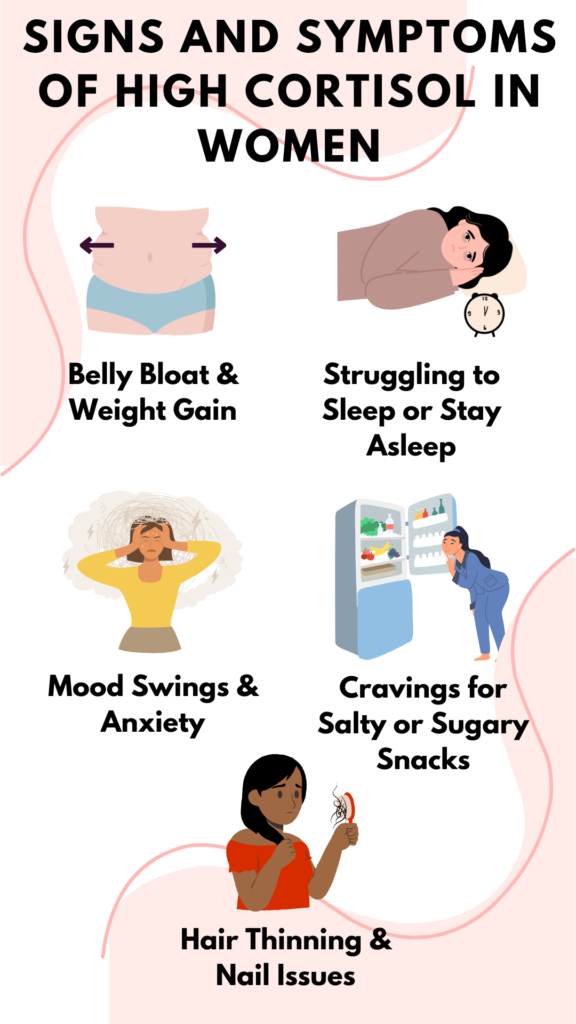
6. Cortisol & Emotional Eating: How to Stop Stress Cravings for Good
If stress automatically equals snacks, you’re not imagining it. Cortisol triggers cravings for sugar and high-carb foods, making it feel impossible to stay on track.
Why stress eating happens:
- Blood sugar crashes make you crave quick energy fixes
- Cortisol makes junk food more rewarding (yep, science says so)
- Lack of sleep makes cravings even worse
The good news? You don’t need to “just use willpower.” Find out how to break the cycle here: Cortisol & Emotional Eating: How to Stop Stress Cravings & Prevent Weight Gain
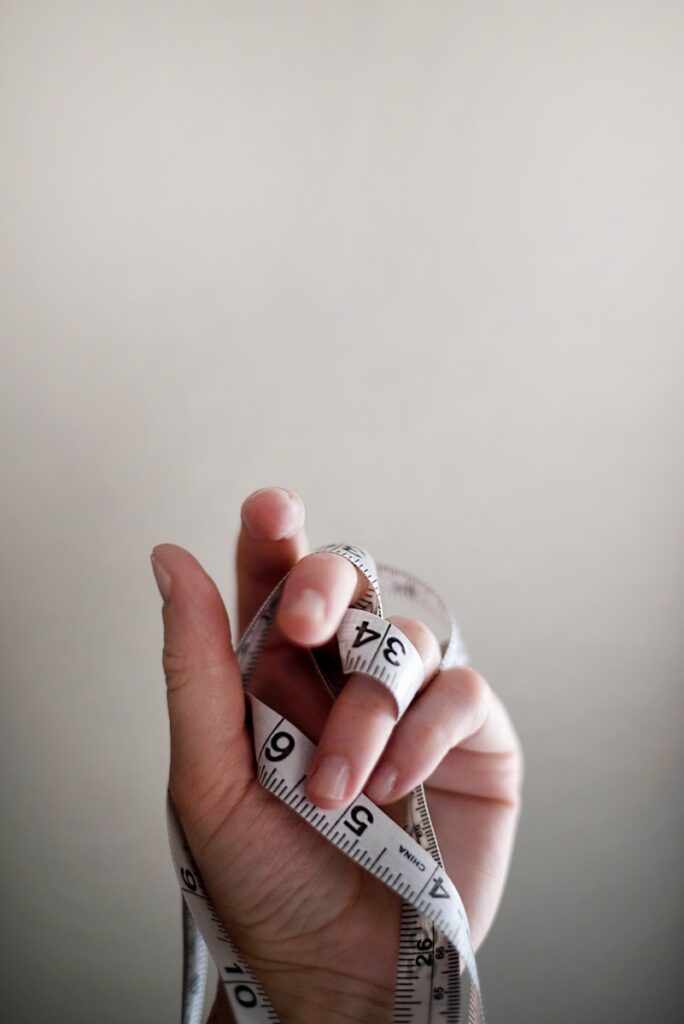
7. 25 Amazon Products to Lower Cortisol & Reduce Stress Naturally
Want quick, easy tools to help you lower cortisol naturally? From essential oils and vitamins to sleep aids and workout gear, these stress-busting finds can make a real difference in your daily routine.
Top picks for lowering cortisol levels naturally:
- Essential oils like lavender for relaxation
- Magnesium supplements for stress relief
- Blue light-blocking glasses for better sleep
- Weighted blankets to help calm the nervous system
Check out the full list of game-changing cortisol-lowering products here: 25 Amazon Products to Lower Cortisol & Reduce Stress Naturally
When Stress Is More Than Just Cortisol
Sometimes, stress isn’t just about hormones, lifestyle, or diet—it can be a sign of something deeper. If you’re feeling constantly overwhelmed, anxious, or struggling to cope, it’s important to know you don’t have to do this alone.
If stress is affecting your mental health, reach out for support. There are people who want to help, and talking to someone can make all the difference.
For mental health resources and support, visit Mind UK or NAMI (National Alliance on Mental Illness) or another trusted mental health organisation in your area. You deserve support just as much as anyone else.
Final Thoughts: The Plan to Balance Your Cortisol for Good
If stress has been messing with your energy, cravings, and waistline, fixing your cortisol levels is the key to feeling like yourself again.
Pick a section, start small, and trust the process. You’ve got this.
Now go forth and ditch the stress, balance your hormones, and take back control.
📌 Pin this for later! ⬇
